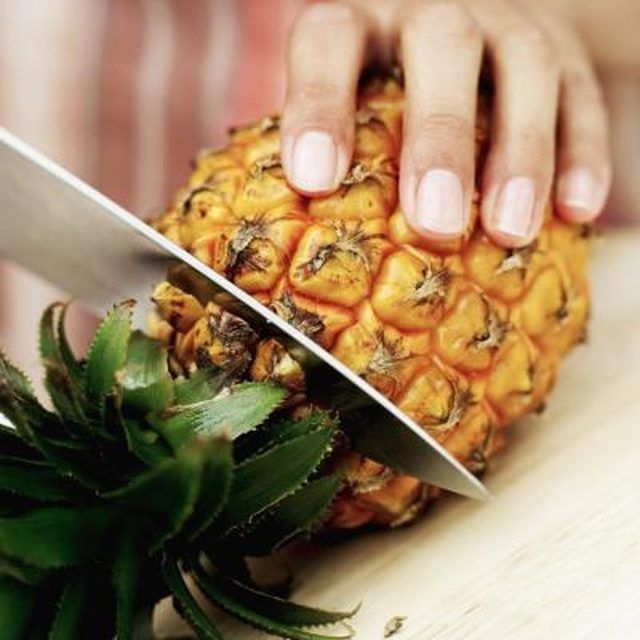Bulbs
Flower Basics
Flower Beds & Specialty Gardens
Flower Garden
Garden Furniture
Garden Gnomes
Garden Seeds
Garden Sheds
Garden Statues
Garden Tools & Supplies
Gardening Basics
Green & Organic
Groundcovers & Vines
Growing Annuals
Growing Basil
Growing Beans
Growing Berries
Growing Blueberries
Growing Cactus
Growing Corn
Growing Cotton
Growing Edibles
Growing Flowers
Growing Garlic
Growing Grapes
Growing Grass
Growing Herbs
Growing Jasmine
Growing Mint
Growing Mushrooms
Orchids
Growing Peanuts
Growing Perennials
Growing Plants
Growing Rosemary
Growing Roses
Growing Strawberries
Growing Sunflowers
Growing Thyme
Growing Tomatoes
Growing Tulips
Growing Vegetables
Herb Basics
Herb Garden
Indoor Growing
Landscaping Basics
Landscaping Patios
Landscaping Plants
Landscaping Shrubs
Landscaping Trees
Landscaping Walks & Pathways
Lawn Basics
Lawn Maintenance
Lawn Mowers
Lawn Ornaments
Lawn Planting
Lawn Tools
Outdoor Growing
Overall Landscape Planning
Pests, Weeds & Problems
Plant Basics
Rock Garden
Rose Garden
Shrubs
Soil
Specialty Gardens
Trees
Vegetable Garden
Yard Maintenance
How to Grow Pineapples at Home
How to Grow Pineapples at Home. With their juicy, flavorful flesh and striking appearance, few fruits are more evocative of tropical climates than the pineapple. Like many tropical species, pineapples work well as houseplants and will grow easily from the fibrous, spiny crown of foliage that often finds its way into the trash can during processing....

With their juicy, flavorful flesh and striking appearance, few fruits are more evocative of tropical climates than the pineapple. Like many tropical species, pineapples work well as houseplants and will grow easily from the fibrous, spiny crown of foliage that often finds its way into the trash can during processing. With little effort, the foliage crown will generate a whole new plant and within 24 months, the new plant will set flowers, and perhaps a whole new pineapple to enjoy.
Things You'll Need
Large kitchen knife
Paring knife
6-inch pot
Potting soil
Fine sand
20-20-20 ratio fertilizer
Sever the crown of foliage approximately 1/8 inch below where it attaches to the body of the fruit using a large, sharp kitchen knife.
Peel off the lower two sets of leaves to expose a 3/4-inch portion of the base of the crown. Look for small brownish lumps between the leaf attachments, which are root terminals.
Cut away the remaining yellow flesh from around the base of the foliage crown using a paring knife. Scrape off small bits at a time until you see a network of translucent white dots, which are the beginnings of roots.
Set the pineapple crown in a cool, shaded place with good air circulation for five to seven days to allow the end to dry slightly and callous over. Hanging the crown upside down will hasten the drying process, but it is not strictly necessary.
Plant the pineapple crown in a 6-inch pot filled with a freely draining soil mixture comprised of 2 parts potting soil and 1 part fine sand. Pot the crown so the exposed base of the foliage and its brownish root terminals are below the surface. Tamp the soil firmly around the base of the crown to hold it upright.
Drizzle 1/2 cup of water around the base of the pineapple to settle it in. Withhold further watering until the soil dries out, then water again with 1/2 cup of water. Continue watering in this fashion from then on.
Watch for renewed growth in four to six weeks. Feed the pineapple with 20-20-20 ratio fertilizer starting two months after planting. Follow the label instructions when applying the fertilizer.
Transplant the pineapple into a larger container, or move it to a permanent bed outdoors, once it becomes too large for its original container.
Tips & Warnings
Pineapples will grow outdoors in USDA zone 11.